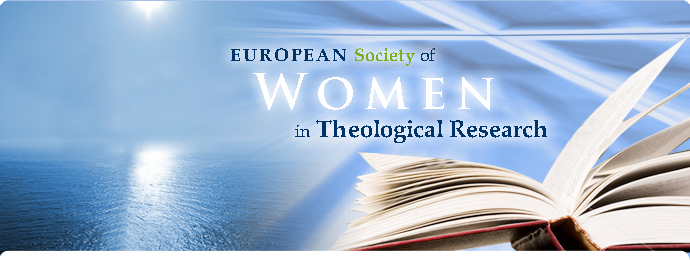HOLY TEXTES, BODY LANGUAGE AND AUTHORITY IN THE FEMALE PROPHECY AND MYSTICISM. SOME HISTORICAL EXAMPLES
I intend to show in my report the several functions connecting the female body to mysticism, prophecy and practice of the public speeches (preaching or juridical sphere).
As regards mystic, a traditional ambit for women, the body is annihilated, almost emptied of his proper biological functions. It is an ulcerated, anorexic body;it is empty, because has to be filled and fecundated by God (Iíll report some historical examples).
About prophecy, the female body assumes the virile strength character and, sometimes, the inner or outward appearance of masculinity (Iíll report some historical examples).
As regards public speeches, we can notice the female body transforming almost itself, by changing the voice and using male clothes (Iíll report some historical examples).
These cases show, always, the female body as denied or masked: it means the failure of femininity in the ambit of sacrum.
The poor regard of the female body, is also testified from the exaltation of manly as the best human condition to reach the transcendent, by the traditional theological anthropology (imago Dei invenitur in viro non in muliere).
Domenica da Paradiso(1473-1553) is an Italian mystic, prophetess and preacher of Renaissance. She preaches with a ďfemale bodyĒ, drawing from the Scripture the elements of justification of her own public roll. It is not a juridical munus, rather a prophetic vocation, mediate from an ample interpretation of the Holy Scriptures.
Through the analysis of these experiences, we can notice how much the Word of God, announced by a female body, can be recognized as authoritative.
To give more dignity to the human body, it has to be found a common point among Holy Scriptures, theological anthropology (imago Dei) and human rights.
Adriana Valerio

